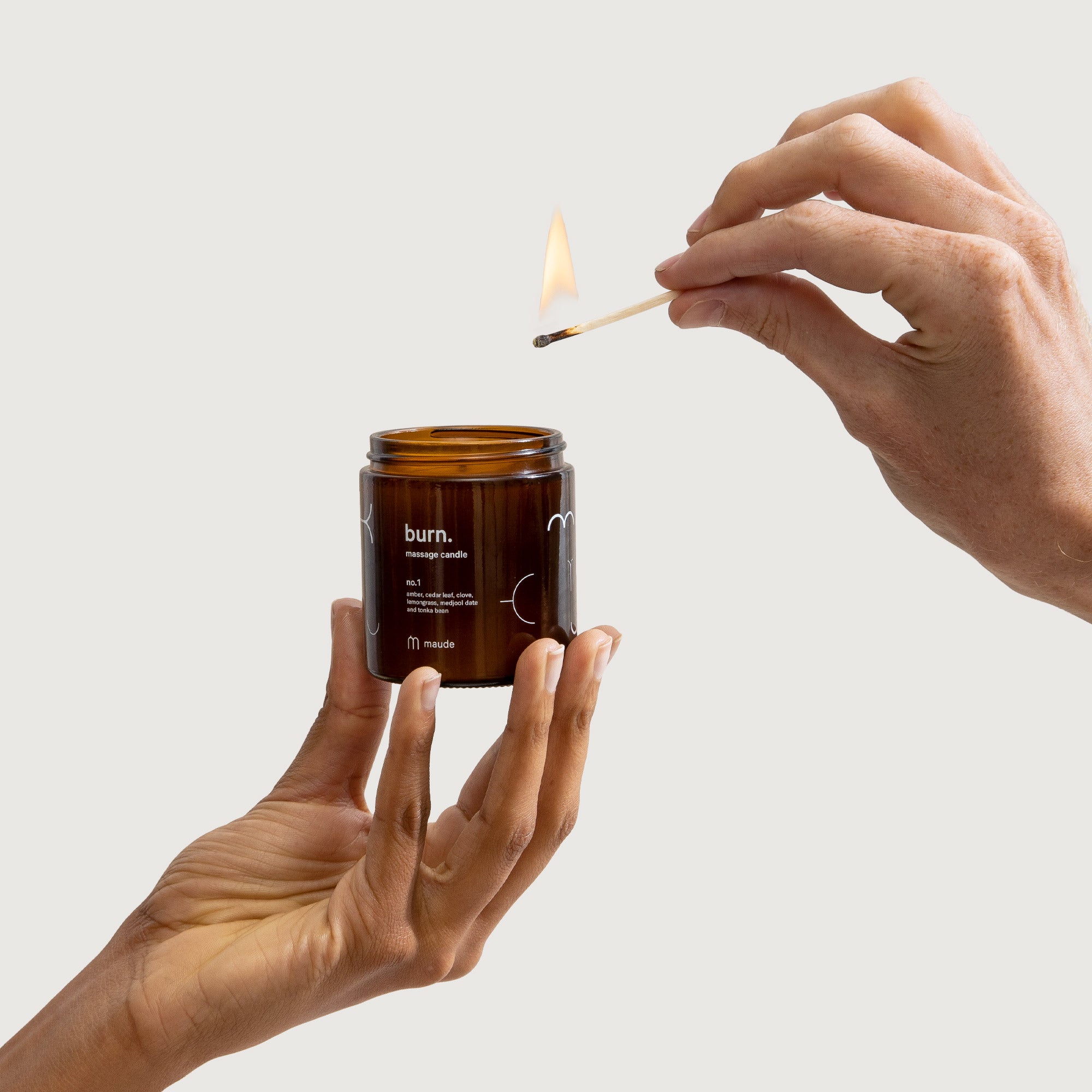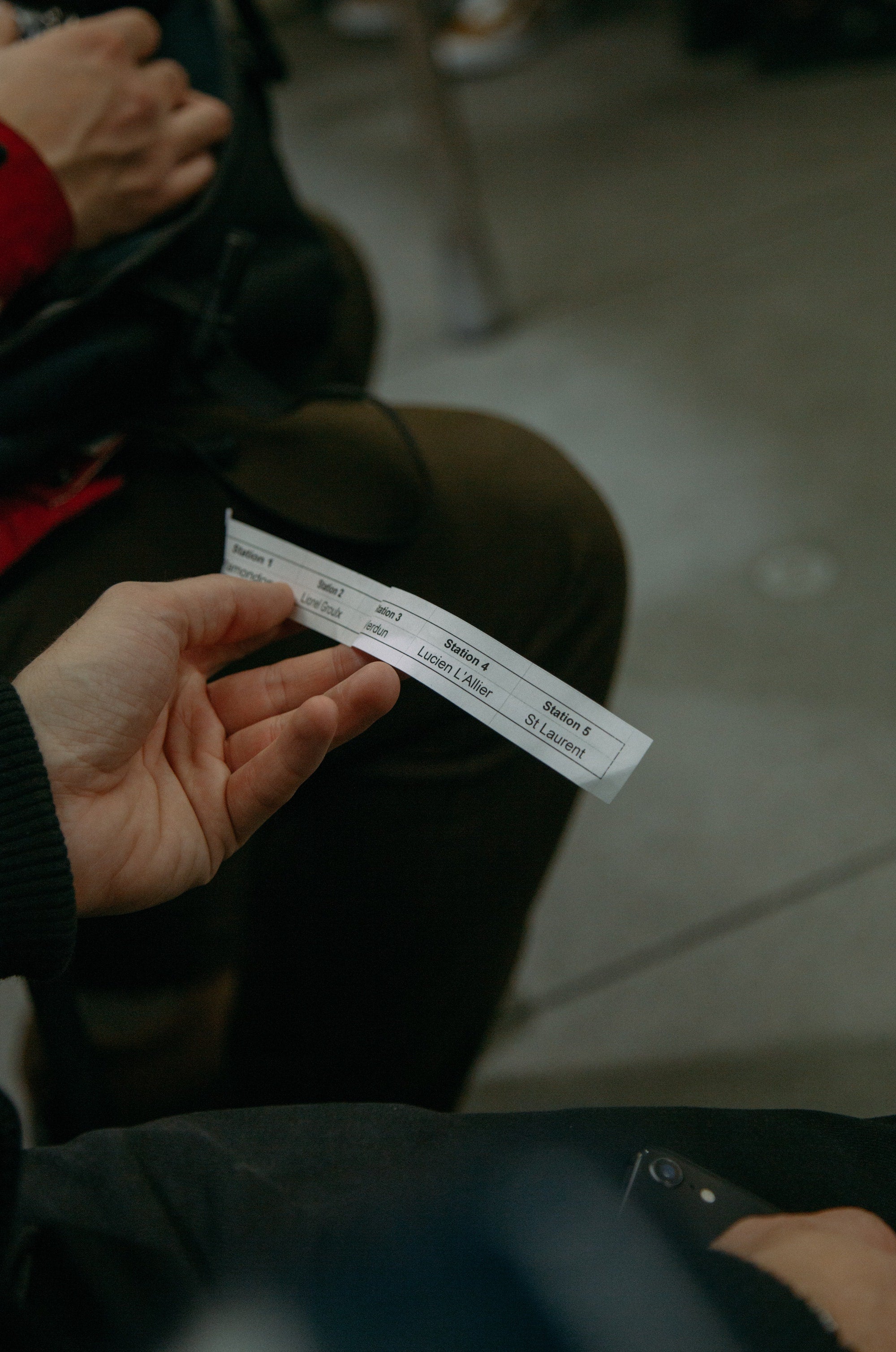Attachment styles and intimacy.

And what to do about it.
No matter how many times in your life you’ve professed, “new year, new me,” there are parts of your personality that do tend to stay the same from childhood, for better or worse. This is the idea behind attachment styles, a theory developed by British psychoanalyst John Bowlby in the 20th century. Bowlby theorized that an infant’s access (and perceived) access to a parental figure results in how safe and protected they feel. There are four different attachment styles, and each can shed a light on how a person may act and feel in their relationships later in life. It’s no surprise why many have turned to this theory to better understand why people act the way that they do in their romantic relationships.
University of Denver researchers Cindy Hazan and Phillip Shaver were the first to study how attachment styles may come into play with romantic relationships, publishing their findings in 1987. They posited that Bowlby’s original theory could help people to better understand what kinds of actions are beneficial or harmful in a relationship: “Attachment theory not only provides [a conceptual] framework, but it also explains how both healthy and unhealthy forms of love originate as reasonable adaptations to specific social circumstances.”
Of course, there are plenty of quizzes on the internet that can tell you your attachment style, but this can also be a good thing to discuss with a therapist if you’re unsure. After all, being better equipped to recognize and understand your behavior will only make it easier to have healthy relationships down the road—recognizing barriers you face now doesn’t mean you can’t overcome them, after all. Here’s how each attachment style deals with intimacy, according to Hazan and Shaver’s research.
Secure
A secure attachment is an ideal in a healthy, supportive relationship, and a majority of adults fall in line with it: Hazan and Shaver’s research, 56% of participants identified as having secure attachments. A secure attachment means being able to accept and support partners even despite their faults and generally feeling happy and trusting of partners. If you have a secure attachment, you’re likely good at communicating—an important skill in a relationship and the bedroom. Compared to other styles, secure attachments are more likely to have longer-term relationships.
Anxious
Of the three attachment styles, anxious types are most likely to fall in love at first sight. According to Hazan and Shaver’s research, 19% of people identify as having this kind of attachment, which is prone to obsessive feelings and a need for reciprocation and higher rates than other styles. They are, however, more likely to be accepting of a partner’s faults than others—which can sometimes come at a cost. When it comes to intimacy, this type is a natural giver, but they can benefit from receiving too—they’re perfectly worthy, after all.
Avoidant
If you describe your love life as “an emotional rollercoaster,” you may be an avoidant attachment. A quarter of participants in Hazan and Shaver’s research identified this type, which is characterized by having a fear of intimacy, and “emotional highs and lows.” That doesn’t mean that this type doesn’t feel attraction, though—they rate the same as secure types in this regard, according to Hazan and Shaver. They’re also likely to feel jealousy, though maybe not as intensely as those with anxious styles. Learning how to put their walls down—even just a little—can prove most beneficial for this type. A little vulnerability may lead to more security down the line.





